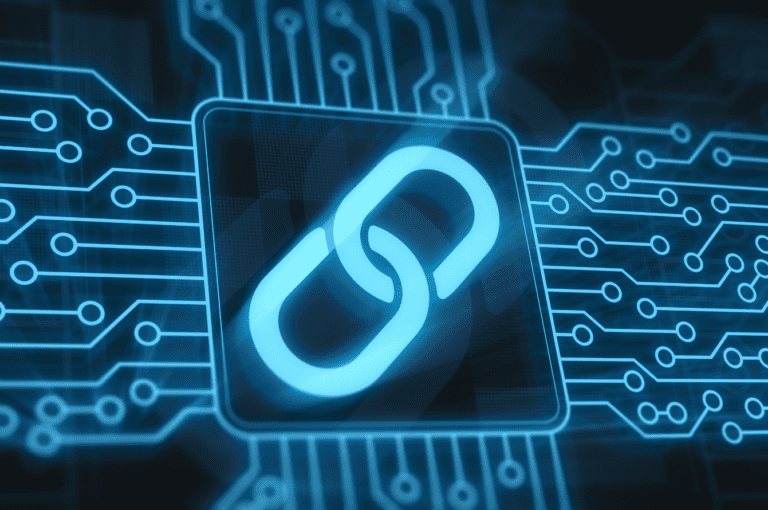Unveiling the Secrets Behind Cyber Insurance Costs

Businesses continually find themselves navigating a precarious sea of cyber threats. As the frequency and sophistication of cyber attacks continue to rise, companies are turning to cyber insurance as a crucial safety net and vital aspect of cybersecurity. However, procuring the right coverage comes at a cost, and understanding the major factors that impact cyber insurance costs is essential for businesses aiming to safeguard their digital assets without breaking the bank.
The Cyber Battlefield: Understanding the Risks
Before delving into the nitty-gritty of cyber insurance costs, it’s crucial to grasp the diverse risks that businesses face in the digital realm. From data breaches and ransomware attacks to social engineering schemes, the cyber battlefield is vast and ever-changing. Cyber insurance serves as a financial shield against these threats, but insurers take several factors into account when determining the cost of coverage.
1) Size Does Matter: The size of a business plays a pivotal role in determining cyber insurance costs. Larger enterprises often possess a greater digital footprint, which makes them more susceptible to cyber threats. Insurers consider the size and complexity of a company’s IT infrastructure, the volume of sensitive data it handles, and the extent of its online transactions. A multinational corporation dealing with a myriad of customer data faces a different risk landscape compared to a local small business.
2) Target on Your Back: Not all industries face the same level of cyber risk. High-profile sectors like finance, healthcare, and technology are prime targets for cybercriminals due to the wealth of sensitive information they store. Insurers factor in industry-specific risks when calculating premiums. A financial institution, for instance, might incur higher cyber insurance costs compared to a manufacturing plant with less sensitive data at stake.
3) Past is Prologue: Insurers are keen detectives, scrutinizing a company’s past cybersecurity performance. Businesses with a track record of robust cybersecurity practices, regular risk assessments, and a history of minimal incidents are likely to secure more favorable rates. Conversely, a company with a trail of security lapses and data breaches may find itself facing steeper premiums. It’s a lesson in learning from the past to secure the future.
4) Fortress or Shack: The strength of a company’s cybersecurity measures is a make-or-break factor in determining cyber insurance costs. Insurers assess the effectiveness of firewalls, encryption protocols, incident response plans, and employee training programs. Businesses with state-of-the-art cybersecurity fortresses are deemed less risky and can negotiate lower premiums. It’s not just about having a lock on the door; it’s about having a high-tech security system that keeps cybercriminals at bay.
5) The Crown Jewels of Cyber Insurance: Not all data is created equal. Insurers pay close attention to the type of data a company stores, processes, and transmits. Personal identifiable information (PII), financial records, and intellectual property are considered the crown jewels of cyber insurance. The more sensitive the data, the higher the insurance costs. Companies handling a treasure trove of confidential information must be prepared to pay a premium to safeguard their digital crown.
6) The Ripple Effect: In the interconnected business ecosystem, a company’s cyber risk extends beyond its own walls. Insurers assess the cybersecurity measures of third-party vendors and partners, recognizing that a weak link in the chain can lead to a ripple effect of vulnerabilities. Companies with a robust vetting process for third-party cybersecurity measures may enjoy more favorable insurance rates.
7) Incident Response: Having a well-defined incident response plan can be a game-changer in the world of cyber insurance. Insurers look favorably upon companies that not only invest in preventive measures but also have a clear roadmap for responding to and mitigating the impact of a cyber incident. A swift and effective response can minimize damages and, consequently, insurance costs.
Partnering With a Trusted MSP
Navigating the intricate world of cyber insurance costs requires a strategic understanding of the factors that insurers weigh in their risk assessment. From the size and industry of a business to its historical cybersecurity performance and the sensitivity of its data, each element plays a role in shaping the premiums. As businesses continue to adapt to the digital age, investing in comprehensive cybersecurity measures becomes not only a defense against cyber threats but also a strategic move to secure affordable and effective cyber insurance coverage. Partnering with an MSP like Entre Technology Services will help ensure that these types of measures are put in place and protect your business against digital risks. Our cybersecurity solutions go beyond mere firewalls and antivirus programs; we provide a comprehensive approach to safeguarding your business. Contact us for a free quote today! After all, in the realm of cyber risk, knowledge is power, and a well-protected business is a resilient one.






